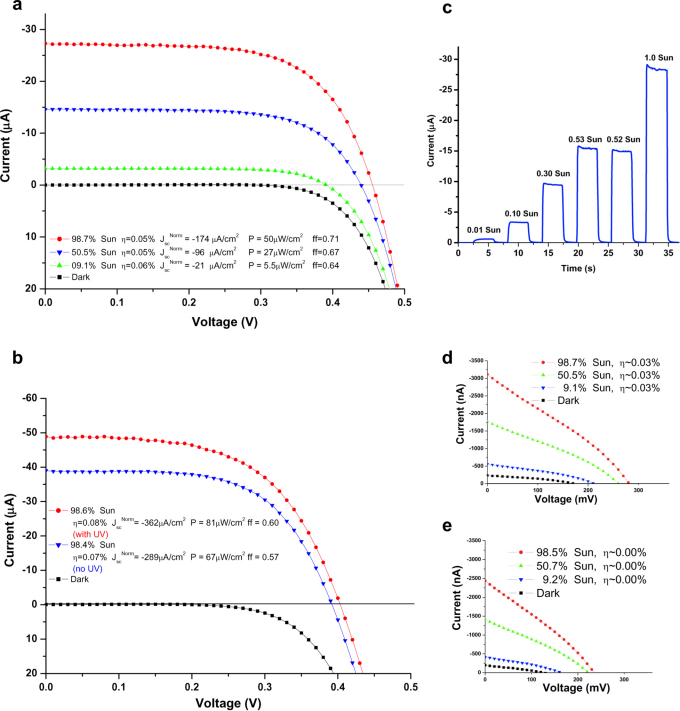Figure 4. Photocurrent measurements of PS-I biophotovoltaic devices under AM1.5 simulated insolation at 298°K.
Illuminated surface 0.159 cm2 (a) 40 µl of PS-I (0.2 mg/mL) stabilized by 1∶1 0.1%w/v designer surfactant peptide A6K (resulting in a total of 8 µg of protein) dried on a 3.8 µm thick layer of 60 nm-pore TiO2 produces an IV curve typical of a DSC. Fill factor (ff) ranged from 64% to 71% (b) Eliminating ultraviolet (UV) wavelengths below 350 nm resulted in a ∼20% reduction in the normalized short circuit current (JscNorm) and a ∼10% reduction in the open circuit voltage (Voc) indicating that 80% of the total electrical power generated is due to PS-I (the rest due to UV photovoltaic response of TiO2). These photocurrents cannot be attributed to sensitization of TiO2 by leached chlorophyll derivatives1,17. A blank control containing A6K generated no power when exposed to UV-less sunlight of any intensity, neither did controls built with PS-I denatured by boiling for 10 minutes, nor devices built with PS-I not treated with A6K (data not shown). Total incident-light to electrical external power conversion efficiency η was 0.08% with UV, 0.07% without. (c) Linearity test of PS-I photocurrent at intensities from 0.01x to 1.0x AM1.5 shows behavior typical of a DSC. (d) IV of PS-I self-assembled in the presence of an overabundance of PsaE-ZnO electron-accepting subunit yields a total power conversion efficiency, η = 0.03%. (e) Control: IV of PS-I self-assembled with an overabundance of non-ZnO specific histidine-tag containing PsaE subunit yields lower Voc, JscNorm and η = 0.00% as expected, suggesting that the PsaE-ZnO tag either enhanced binding of PS-I to the ZnO nanowires or favored the optimal orientation, or both. Z813Co(II)/Co(III) electrolyte14 and platinized glass were used to complete all devices.

